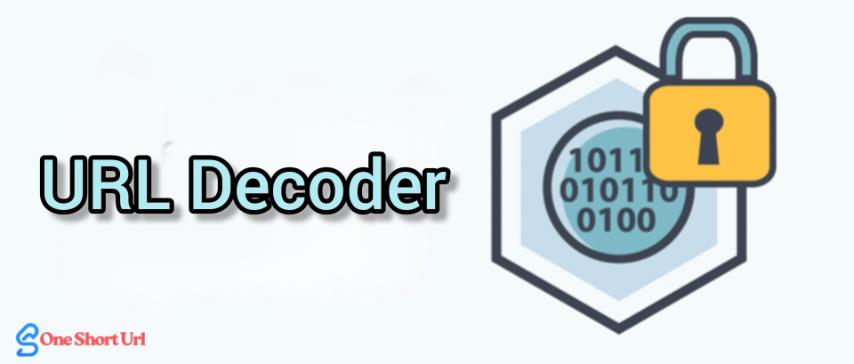
URL Decoder: Everything You Need to Know
Created on 30 September, 2025 • Converter Tools • 26 views • 2 minutes read
A URL decoder is an essential tool for converting encoded URLs back into their original, readable format.
What Is a URL Decoder?
A URL decoder is a tool or function that converts encoded URLs back into their original format. When URLs are encoded, special characters are replaced with a percent sign (%) followed by two hexadecimal digits. For example, a space becomes %20, and an at symbol @ becomes %40. While this encoding process ensures that URLs can be safely transmitted across the web, the encoded text is not user-friendly.
A URL decoder reverses this process by translating the encoded values back into their actual characters. This makes the URL human-readable again and ensures that applications or websites can process the data in its intended form.
Why Do We Need URL Decoding?
URL decoding is essential because encoded URLs often appear confusing or difficult to interpret. Without decoding, web servers or users might misinterpret the encoded values, leading to errors in navigation, data processing, or communication between systems.
Reading User-Friendly URLs
Encoded URLs look complex, especially when they include multiple parameters. A decoder restores the original format, making the URL easier to read and understand.
Processing Data Accurately
When forms or applications transmit data through encoded URLs, decoding ensures that the server receives the information exactly as the user entered it. For example, the word “hello world” is encoded as hello%20world, and decoding converts it back to its original form.
Debugging and Troubleshooting
Developers often use URL decoders to debug web applications. By converting encoded parameters into readable text, it becomes easier to identify issues with data transmission or query strings.
How a URL Decoder Works
The process of decoding is straightforward. The URL decoder scans the encoded string, looks for percent symbols followed by two hexadecimal characters, and converts them back into their corresponding ASCII values. For example:
%20becomes a space%3Abecomes:%2Fbecomes/%40becomes@
Most programming languages and frameworks, including JavaScript, Python, PHP, and Java, provide built-in functions to decode URLs. Online tools are also available for quick and simple decoding without coding knowledge.
Practical Use Cases of URL Decoder
Web Development
URL decoders are widely used by developers to handle query parameters, form submissions, and dynamic content. By decoding URLs, applications can display accurate and user-friendly data.
APIs and Data Exchange
Many APIs transmit data through encoded URLs. Decoding ensures that parameters such as names, email addresses, and special symbols are properly understood by the receiving system.
Email and Messaging
Links embedded in emails or chat applications often appear in encoded format. A URL decoder translates them back into clean links, making them easier for users to read and click.
SEO and Analytics
Search engine optimization and analytics tools often rely on decoded URLs to track keywords, campaign parameters, and referral sources. Decoding helps generate clearer insights and reports.
Benefits and Limitations of URL Decoding
Benefits:
- Makes encoded URLs human-readable
- Ensures data accuracy during transmission
- Helps developers debug web applications
- Improves user experience with clean and clear links
Limitations:
- Not all encoded values are meant to be decoded (e.g., reserved characters)
- Repeated decoding can sometimes alter the intended meaning of a URL if applied incorrectly
Conclusion
A URL decoder is an essential tool for converting encoded URLs back into their original, readable format. It plays a critical role in web development, API communication, and data handling by ensuring accuracy, readability, and user-friendly navigation. Whether you are a developer debugging code or a user trying to understand a complex link, URL decoding makes web interactions simpler and more reliable.